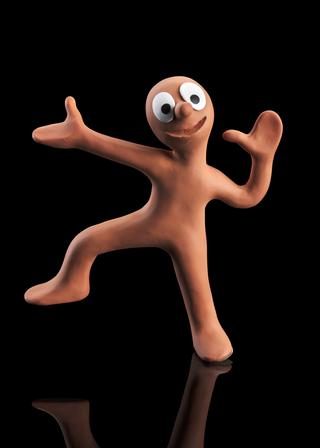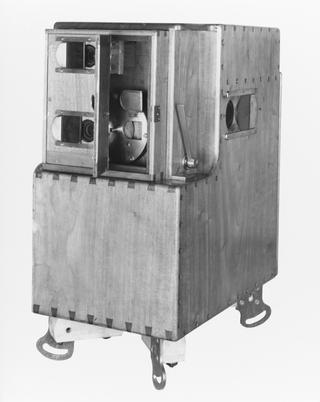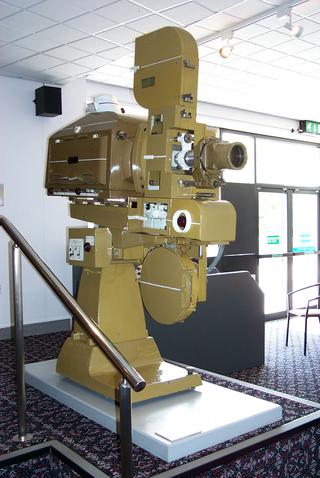Kinora Reel 'Guardsman and Girlfriend'
Reel of flip card picture film for Kinora viewer; No 138, Series 34, 'Guardsman and Girlfriend'. The British Mutoscope & Biograph Co Ltd.
More
Invented by the Lumiere Company in France in 1897, the Kinora only came into widespread use when they were reintroduced in the early 20th century. These home viewers came in a variety of styles but were all based on the flip book principle: by turning a handle the reel revolved causing the pictures to flip over against a static peg; the moving pictures were viewed through an eyepiece. Kinora reels were derived from a variety of cinema films, though a camera was available for making home movies.
- Measurements:
-
overall: 130 mm x 20 mm,
- Materials:
- paper (fibre product) and brass (copper, zinc alloy)
- Object Number:
- 1967-207 Pt2/1
- type:
- optical toy





